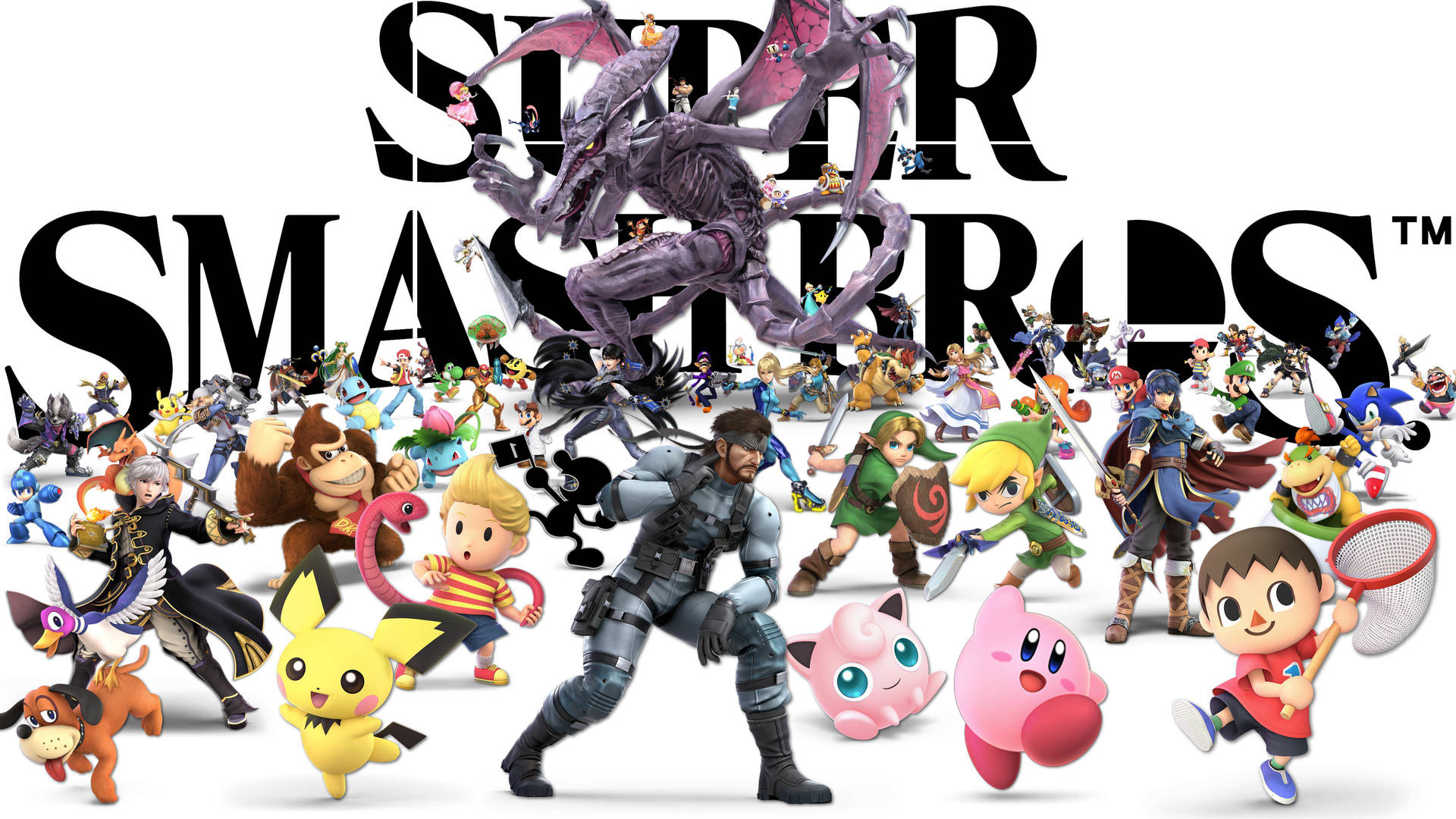History and Development
Conception and First Game
After developing Kirby Super Star in 1996, Masahiro Sakurai, a game developer at HAL Laboratory, sought to experiment with 3D graphics and animation on the Nintendo 64. He proposed two games: a four-player fighting game and an RC robot stealth exploration game. Due to resource constraints, the fighting game prototype was chosen. Initially, the idea of using Nintendo's existing characters was controversial, but after creating a demo featuring Mario, Fox McCloud, Samus Aran, and Donkey Kong, the concept was approved. The game, titled Super Smash Bros., was released for the Nintendo 64 in Japan on January 21, 1999, and in North America on April 26, 1999. Super Smash Bros. (video game)
Subsequent Installments
- –
Super Smash Bros. Melee: Released for the GameCube in 2001, this installment expanded the roster and introduced new gameplay mechanics.
Super Smash Bros. Melee
- –
Super Smash Bros. Brawl: Launched for the Wii in 2008, it featured a more extensive single-player mode known as "The Subspace Emissary" and introduced third-party characters.
Super Smash Bros. Brawl
- –
Super Smash Bros. for Nintendo 3DS and Wii U: Released in 2014, these versions offered portable and home console experiences with cross-platform compatibility.
- –
Super Smash Bros. Ultimate: Released for the Nintendo Switch in 2018, it included every character from previous games and added new ones, totaling 89 fighters.
Super Smash Bros. Ultimate
Gameplay Mechanics
Unlike traditional fighting games that focus on depleting an opponent's health bar, Super Smash Bros. games aim to knock opponents off the stage. Players accumulate damage percentages, increasing their knockback susceptibility. The series features various items, stages with unique hazards, and game modes, including single-player campaigns and multiplayer battles. Super Smash Bros.
Competitive Scene
The series has a robust competitive scene, particularly with Super Smash Bros. Melee, which is renowned for its fast-paced gameplay and technical depth. Tournaments are held worldwide, with Super Smash Bros. Ultimate also gaining prominence in the esports community. Super Smash Bros. Melee
Reception and Legacy
The Super Smash Bros. series has received critical acclaim for its engaging gameplay, diverse character roster, and appeal to both casual and competitive players. Super Smash Bros. Ultimate is the best-selling fighting game in history, with over 36 million copies sold as of March 2025. Super Smash Bros. Ultimate
Future Prospects
As of July 2025, there have been no official announcements regarding a new installment in the series. However, the enduring popularity and commercial success suggest potential for future developments.
Key Installments
- –Super Smash Bros. (1999) – Nintendo 64
- –Super Smash Bros. Melee (2001) – GameCube
- –Super Smash Bros. Brawl (2008) – Wii
- –Super Smash Bros. for Nintendo 3DS and Wii U (2014)
- –Super Smash Bros. Ultimate (2018) – Nintendo Switch
